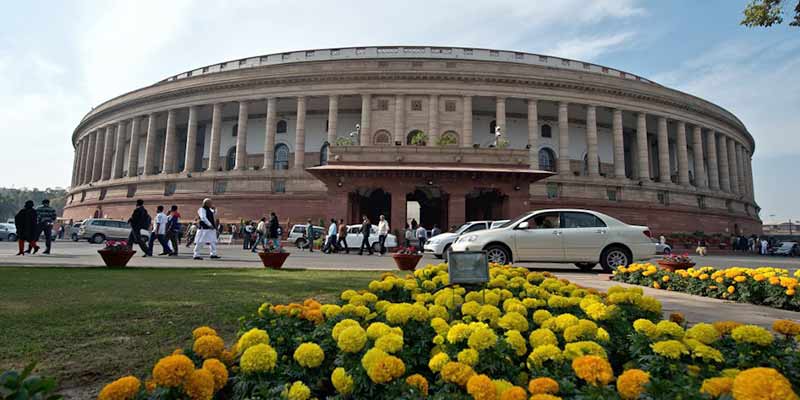- India
- Jun 30
Explainer / Vice presidential election
• Polling to elect the next Vice President will be held on August 6 and counting of votes will take place the same day.
• The notification for the 16th vice presidential election will be issued on July 5, which will set in motion the nomination process. The last date for filing of nomination papers will be July 19.
• The term of incumbent M. Venkaiah Naidu ends on August 10. The Vice President is also the chairperson of Rajya Sabha.
• As per Article 68 of the Constitution of India, an election to fill the vacancy caused by the expiration of the term of office of the outgoing Vice-President is required to be completed before the expiration of the term.
• Article 324 of the Constitution read with the Presidential and Vice Presidential Elections Act, 1952 and the Presidential and Vice Presidential Elections Rules, 1974, vests the superintendence, direction and control of the conduct of election to the office of the Vice President of India in the Election Commission of India.
Office of the Vice President
• The Vice President is the second highest constitutional office in India. He serves for a five-year term, but can continue to be in office, irrespective of the expiry of the term, until the successor assumes office.
• The Vice President may resign his office by submitting his resignation to the President of India. The resignation becomes effective from the day it is accepted.
• The Vice President can be removed from office by a resolution of the Council of States (Rajya Sabha), passed by a majority of its members at that time and agreed to by the House of the People (Lok Sabha). A resolution for this purpose may be moved only after a notice of at least a minimum of 14 days has been given of such an intention.
• The Vice President is the ex-officio Chairperson of the Council of States (Rajya Sabha) and does not hold any other office of profit.
To be eligible for election as Vice President, a person:
i) Should be a citizen of India.
ii) Should have completed 35 years of age.
iii) Should be qualified for election as a member of the Rajya Sabha.
iv) Should not hold any office of profit under the Union government or any state government or any local authority or any other public authority.
• A nomination paper of a candidate has to be subscribed by at least 20 electors as proposers and by at least other 20 electors as seconders. An elector can subscribe to only one nomination paper of a candidate as either a proposer or a seconder.
• A candidate can file a maximum of four nomination papers. The security deposit for the election is Rs 15,000.
The electoral college
• As per Article 66 of the Constitution of India, the Vice President is elected by the members of the electoral college consisting of the members of both Houses of Parliament in accordance with the system of proportional representation by means of the single transferable vote.
For the 16th Vice-Presidential Election, the Electoral College consists of:
i) 233 elected members of Rajya Sabha
ii) 12 nominated members of Rajya Sabha
iii) 543 elected members of Lok Sabha.
• Electoral college comprises a total of 788 members of both Houses of Parliament. Since, all the electors are members of both Houses of Parliament, the value of vote of each Member of Parliament would be the same — one.
The voting process
• Article 66(1) of the Constitution provides that the election shall be held in accordance with the system of Proportional Representation by means of the single transferable vote and the voting at such election shall be by secret ballot.
• In this system, the elector has to mark preferences against the names of the candidates. Preference can be marked in the international form of Indian numerals, in Roman form, or in the form in any recognised Indian languages.
• The elector can mark as many preferences as the number of candidates. While the marking of the first preference is compulsory for the ballot paper to be valid, other preferences are optional.
• Parties cannot issue whip to its MPs in the matter of voting.
• The Election Commission, in consultation with the central government, appoints the Secretary General of Lok Sabha and Rajya Sabha, by rotation, as the Returning Officer. Accordingly, the Secretary General, Lok Sabha will be appointed as the Returning Officer for the present election to the Office of the Vice President of India.
• Unlike the presidential poll where voting takes place in multiple locations as elected MLAs, not nominated, also form part of the electoral college, in the vice presidential election, voting takes place in Parliament House.
Additional read:
Explainer / Presidential election in India
The Election Commission has announced that the 16th presidential polls will be held on July 18 in which electors comprising elected MPs and MLAs will vote to elect Ram Nath Kovind’s successor. The Office of the President is the highest elective office in the country.
Manorama Yearbook app is now available on Google Play Store and iOS App Store

